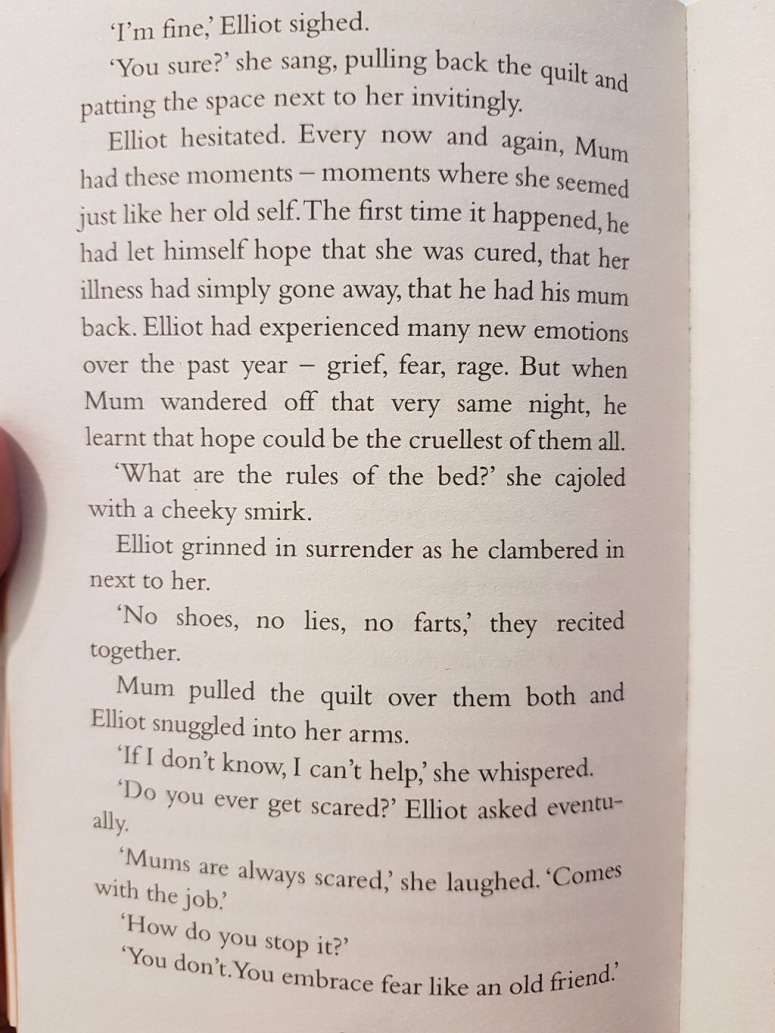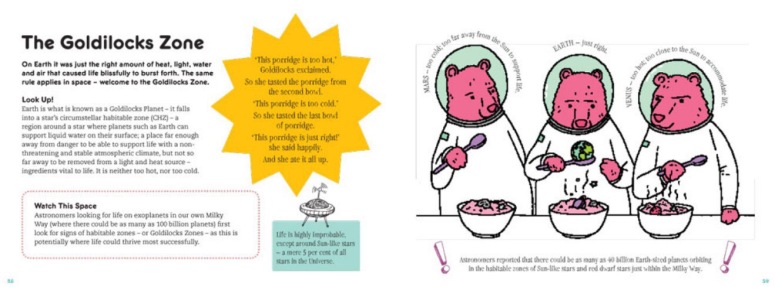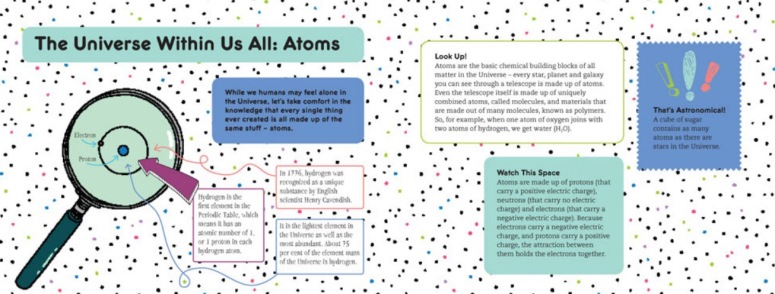I made the transition to whole class reading this year. There are a few great blogs out there about it already, Mrs P’s: http://www.mrspteach.com/2014/10/how-do-whole-class-reading-lessons-work.html and Solomon Kingsnorth’s: https://medium.com/@solomon_teach/how-to-switch-to-whole-class-guided-reading-3f8489a8b557 are both truly excellent, and worth a read.
I have a few gripes with carousel guided reading, but my main one would have to be coverage. Imagine a 6 week half term. Now, if you’re privileged enough to have an LSA, you may have two groups being heard in a day. If you have a class of 30, it’s likely that you have groups of 6, thus all 5 are heard read twice over the course of a week. So over the course of the half term each group will have access to being taught the skills of reading, and be introduced to a (possibly) new text 12 times. You only facilitate 6 of those. Now imagine the same 6 week half term, but you teach everyone the skills of reading every day, with the introduction of a new text or stimulus every day. Now every child is being taught to read 30 times and seeing 30 texts over a half term. One could argue that the 12 times are more focused sessions, so should see more progress, but I find it hard to agree. After all, you wouldn’t only teach maths in depth to a group 12 times over a half term.
The biggest obstacle to whole class reading has to be the question of ‘how do I get the same text in front of everyone’. I am lucky enough to have 1:1 iPads in class, so apps like Seesaw and Explain Everything Interactive Whiteboard sort this for me. Plus, I don’t do whole texts (you’ll see this later), so there’s no need for me or my school to invest in a huge pile of books. As Solomon says in his blog though, 8 pages can fit onto a two sided A3 page, and it’s really important the children have access to their own text.
But anyway, I thought I’d share how I teach whole class reading, as I’m often asked about it. There are a few ways to do it, Sophie Bee has some really excellent whole class planning based on whole texts here: https://www.tes.com/member/supersophiee . Wonder, Holes and The Iron Man if I recall correctly, and these are well thought out and have been well received by many other teachers. I personally don’t tackle whole texts with the children. I think it’s vital that they are exposed to as many texts as they can be in their short time with me. On a Monday, I will introduce a segment from a fiction book. Every Monday. They will also do another segment from a fiction book in the same week. Often, these will be books in our class library. A brilliant knock on effect from this is that nearly every child wants to read these two books come the end of the week. I also (usually) keep it separate from our class read, I’m sure there are reasons why I do this, but to be honest I can’t think of how to phrase them, so I’m not going to!
My week’s schedule almost always runs the same way:
Monday: Extract from a fiction book or a short story
Tuesday: Non-fiction linked to Monday
Wednesday: Poem or song linked to the same theme as Monday and Tuesday
Thursday: Another fiction extract, with a theme similar to Monday’s or by the same author as Monday’s, so as to compare authorial style.
Friday: Picture stimulus and short writing task.
I’ll share a couple of specific examples below so you can see what I mean.
Who Let The Gods Out?
My first foray into whole class was when we were reading Who Let The Gods Out? and we’d reached the extract below.
So on Monday, this is the extract we read together. I always begin the reading, so that the children can feel the tone and style of the book and be prepared to take over. At a reasonable point I will ask some of the children to start reading instead of me. It might be that I pick children I need to hear read as part of my daily assessment, it might be that I pick children to read who I know will do a beautiful, fluent job and cement the understanding of the text. This depends on the difficulty of the text I suppose; we are all, of course, qualified to make these judgements. Solomon references using rulers to make sure all the children are paying attention in his class, which is a good idea. I will occasionally click my fingers, at which point every child has to join in reading, be it with me or with the other child reading. You’ll quickly gauge if someone isn’t paying attention.
Then onto comprehension. I’ll start with some true or false questions. These might start as simply as ‘Elliot feels sad at the end of the extract’ to the more complex later on, where I might say ‘Mary Alice Evans wants to trick the reader into thinking that Josie is better’. I use Plickers to collect the answers to these questions, but whiteboards would just as easily do the trick. I’ll then ask key children to explain their reasoning, before allowing children to use our school ABC scheme to further the discussion. This is where the children either Agree, Build on or Challenge what the person before them has said. These are structured responses that mean that the children are forming full answers, whilst learning to debate and discuss maturely and respectfully. This only takes a few minutes. I will then do some ‘find the vocab’ questions, where the children will be asked to find and copy a word or phrase from the text that shows something. This builds and tests vocabulary. I use Seesaw for this, but again, whiteboards would be more than adequate. There’s no need for ABC discussion here, and misconceptions can be quickly mopped up, with children then adding more vocabulary to their repertoire. After this, there’ll be a more in-depth question, which I’d send through Seesaw, but could be displayed on the whiteboard. This question will usually ask the children to do one of four things: explain what impression they get of a character, explain how or why an author tries to do something, summarise the text or predict what will happen next. Because I do another fiction text on a Thursday, I can do two of these a week. However, I have sometimes switched this up to focus on other skills, for example I might ask the children to sequence the events of a text, using rephrased key events, in the style they might come across in a S***s paper.
Then, onto Tuesday. At this point I like to connect the fiction with non-fiction. Now, it’s important, if possible, that this be a strong link: however, it doesn’t have to be. With this Who Let The Gods Out? extract it was a very easy decision to focus on dementia this week, as many of the children didn’t 100% understand what was happening with Josie’s mum, and even those who did had a thirst to know more about it. But as you’ll see a bit later on, it could just be that the book you’re doing is set in space, so you do a bit of space learning. It doesn’t enhance the original text per se, but it does get the children accessing non-fiction.
On our Tuesday, we went through this website: https://kids.alzheimersresearchuk.org/juniors/what-is-dementia/

There are 8 tabs here and we read through them all. Again, I read first, modelling clearly how you read this differently from the fictional text we looked at yesterday. Various children then took over, with pauses every now and again for me to check understanding and explain technical vocabulary. There was a bit of clicking for good measure. At the end of the reading, children were asked to retrieve and record three things they felt were important facts from the text. These were then shared and the children were allowed to go back and change things if they no longer liked their three. After this, we had an ABC discussion about whether we thought Mary Alice Evans’s portrayal of dementia was accurate. This was very deep, thought out discussion about authorial intent that had the children really deeply exploring the text, which they could of course go back to, because they had their own copy yesterday.
On a Wednesday, I like to look at poetry and songs. We looked at these two:
The children had the opportunity to read them on their own first, then some could attempt to perform them. Today I do not read aloud, it’s all about the childrens’ interpretations of the poems. For me, poetry and songs are a good chance to practice summarising, so I will often send a question out on Seesaw asking children to summarise the meanings of the poems. There will also, as on every other day, be a chance to discuss vocabulary.
On Thursday I go back to fiction. At this point I can talk about LoveReading4Kids. This is something I use every week. It’s literally brimming with quality extracts from about every children’s book you could imagine. In this week I used the first small chapter from this extract from The Goldfish Boy by Lisa Thompson:
http://www.lovereading4kids.co.uk/book/13701/The-Goldfish-Boy-by-Lisa-Thompson.html
In the extract, the main character, Matthew, is struggling with his obsessive compulsive disorder in a similar way that you can see Josie struggling with her dementia in Monday’s extract. This session will be structured the same way as Monday’s, with a slight bit of time set aside to discuss similarities between the two texts. As mentioned earlier, I would focus on a separate big skill at the end of this session, to the one I did on Monday (unless I felt both texts lent themselves very well to learning the same skill).
Once we get to Friday, the children have spent four days discussing Monday’s text (albeit briefly on Tuesday through Thursday, but the discussion does still happen) and at this point they’re ready to respond to the text. At this point a bit of differentiation can come in. The children were sent a task specific to them to their iPads (these could be handed out, or simply just tell them). The group I felt had achieved and accessed the text the best through the week (this does not have to be the same group every week, it will be based on my assessments through the week, the groups will be surprisingly fluid), rewrote the segment from the perspective of Josie, trying to capture the feeling of dementia through what they had learned through the week. Another group wrote a diary entry as Elliott (-10 points for the least inspiring text response idea ever, but it does test understanding!) after the event, trying to summarise his thoughts and feelings. Me and my LSA could, at this point, hoover up a small group of children each who may have struggled with one of the tasks through the week, and go back over this with them, thus ensuring no child is left behind.
Here’s another quick rundown of two different weeks, to give you the same sort of idea:
Monday – looking at this extract of Phoenix by SF Said
http://www.lovereading4kids.co.uk/book/10208/Phoenix-by-S-F-Said.html
Tuesday – looking at this non-fiction text about The Goldilocks Zone
Wednesday – analysing Starman and Space Oddity by David Bowie
Thursday – this extract of Cosmic by Frank Cottrell-Boyce (space theme link)
http://www.lovereading4kids.co.uk/book/11135/Cosmic-by-Frank-Cottrell-Boyce.html
Friday – the children wrote predictions about what would happen next or continued the story.
Monday – Beetle Boy by MG Leonard
http://www.lovereading4kids.co.uk/book/12293/Beetle-Boy-by-M-G-Leonard.html
Tuesday – http://www.sciencekids.co.nz/sciencefacts/animals/beetle.html and the fact files here http://pestworldforkids.org/pest-guide/beetles/
Wednesday – All You Need Is Love, Here Comes The Sun and Let It Be by……The Beatles 😉
Thursday – the first chapter of Rooftoppers by Katherine Rundell (missing parent link)
Friday – children wrote the newspaper extract referenced in the text.
So yeah, that’s how I do it, and everyone does it, and everyone accesses it, and everyone loves it. Might not work for you and you might be reading this thinking I’m crazy. Don’t worry, I definitely am.









Genius again Mr Booth, thank you very much. Some amazing tips here, particularly in regard to text coverage,which is often a question faced by many teachers and something I struggle with. I’m going to incorporate your structure into my daily sessions, thank you.
I use Explain Everything and Seesaw too so know how great these are for preperation time, access and assessment, I will definitely be putting the questions out via Seesaw for my class to comment on for speed of use, rather than squeezing onto Explain Everything slife’s.
Could I just ask one thing? How long are your reading sessions?
LikeLike
35-40 mins Paul.
LikeLike
I found this interesting. Whole class reading is definitely something I’d like to try after many years of wonky carousels. How long is each session? How does it fit into the school day?
LikeLike
Hi Gethin, the sessions are 35-40 mins and are just before lunch.
LikeLike
Do you only read extracts of novels in these sessions? If so, when do the children read whole novels?
LikeLike
We read 6 full books a year as class novels.
LikeLike
Would these class novels make up part of your whole class guided reading as well?
LikeLike
More often than not, no, but if it works then yes.
LikeLike
Hi – thank you for your post. I was wondering if your guided reading is quite seperate to your English units?
LikeLike
It is.
LikeLike
Hi, thank you for so much detail! Do you also do a daily writing session and or SPaG lesson?
LikeLike
Yes. Full writing every day. SPAG integrated into that.
LikeLike
Which extract of Pheonix did you use as it links with our topic in Autumn term but the link will not let me download it. I have bought the book, thanks!
LikeLike
It’s chapter one 🙂
LikeLike
Hi, can I ask when you actually teach the specific skills? For example the last three weeks we have focused only on vocabulary – dictionary skills and meanings of words in context. Do you have a weekly skills focus and teach/practise this skill throughout the week?
LikeLike
No, if you look at the timetable picture I included, this shows you exactly when each week.
LikeLike